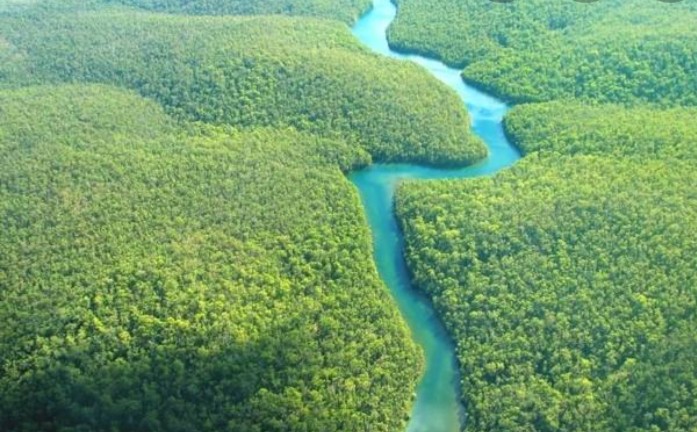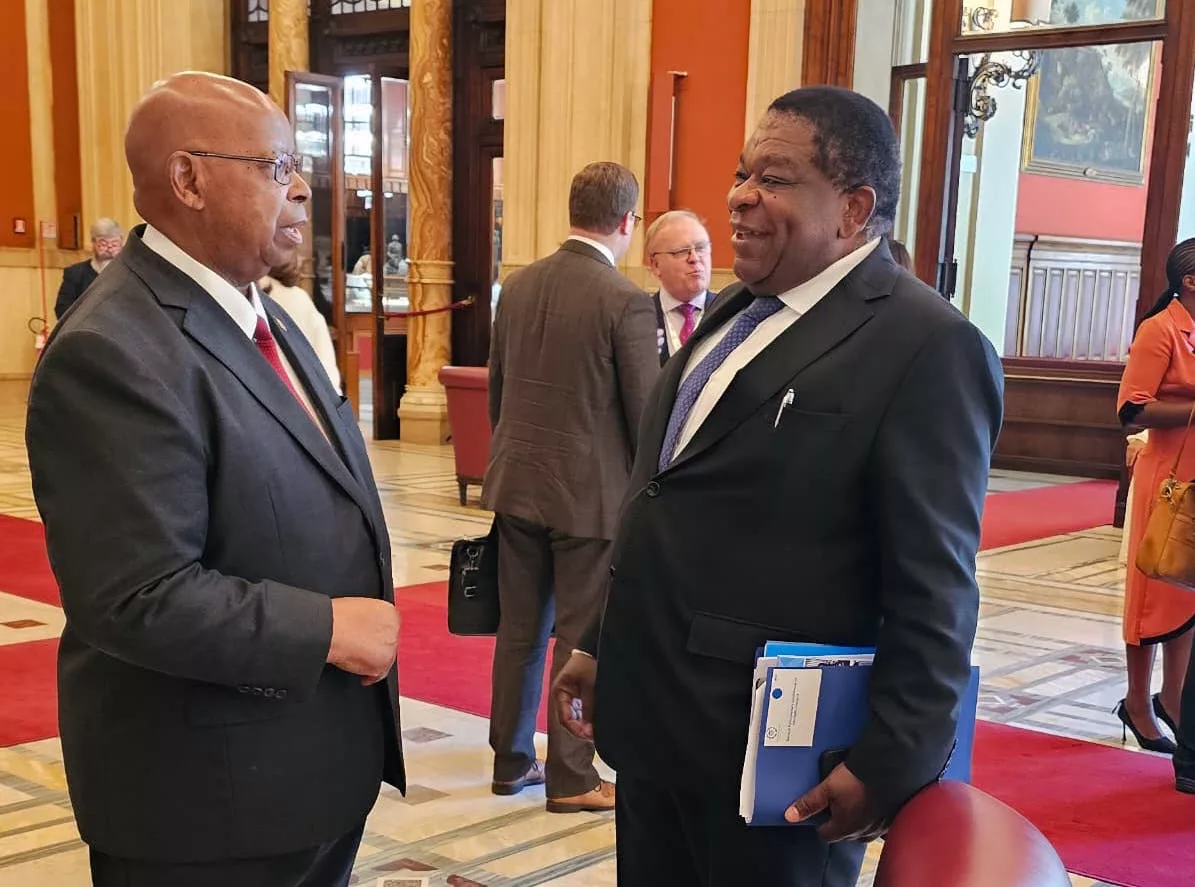By Joyce Mukucha
The world’s biodiversity is under threat with the southern Amazon region experiencing excessive deforestation which has converted swaths of land from rainforest to farmland, reports, and studies revealed.
According to Eduardo Maeda and colleagues from the University of Helsinki, areas of commodity farming are experiencing a much higher increase in temperature, in comparison with small-scale rural settlements, largely due to intense management of commercial crops.
As a result, this is leading to reduced vegetation cover throughout the year and decreased plant transpiration.
Helsinki researchers used satellite data to compare areas dominated by different land uses and farm sizes to evaluate their impacts on the regional climate.
In their study, the authors highlighted that it was of paramount importance to mitigate climate change in the Amazon basin and indicated that this will require alternatives to current commodity farming practices.
“Our results show that deforestation caused by big commodity farms can cause a local temperature increase up to 3x higher than what is observed in deforestation caused by small rural settlements.
“The uses of the deforested land are diverse, and activities can range from small-scale farming in rural settlements to large-scale commodity agriculture. Commercial farms in the Southern Amazon can reach hundreds of thousands of hectares in area, exporting millions of tons in grains and beef every year,” said Maeda and colleagues.
Additionally, they pointed out that although small rural settlements experienced no clear changes in rainfall during recent decades, dominated by commodity farms, have become significantly drier.
Pertaining tropical forests, Helsinki researchers highlighted that they are natural air conditioners unfortunately, intensive land management was negatively contributing to reduced water and reduction in the surface temperature with the process being further aggravated by large commodity farms.
“The production of commodity crops in the Amazon forest is often associated with a very intensive management of the land. Because of the favorable climatic conditions, farmers often have two harvesting/seeding seasons per year.
“These activities completely remove vegetation from the land surface, leading to a warmer and drier local climate.”
When the forest is removed, they said, the water returning to the atmosphere is reduced, and the unused energy contributes to increase local temperatures.
“Tropical forests act as a water pump, getting water from the land surface and throwing it back into the atmosphere. Because this process requires energy, it causes a reduction in the surface temperature.
“The water that returns to the atmosphere often falls back into the forest in the form of rain. The trees then become a critical component of a complex water recycling machine, which guarantee that the forest is kept always moist.”
A report by the World Wide Fund (WWF) indicates that over the next 15 years, forest landscapes equaling an area more than twice the size of Texas could be lost to rampant deforestation
The report states that if no action is taken, 11 of the world’s most ecologically important forest landscapes including forest homes or orangutans, tigers, and elephants will account for over 80 percent of forest loss globally by 2030.
In the Amazon, WWF notes that forests play crucial role of giving life and mitigating climate change but sadly, around 17% of the forest has been lost in the last 50 years, mostly due to forest conversion for cattle ranching and poor agricultural activities.
“Forests cover 31% of the land area on our planet. They help people thrive and survive by, for example, purifying water and air and providing people with jobs; some 13.2 million people across the world have a job in the forest sector and another 41 million have a job that is related to the sector.
“Many animals also rely on forests. Eighty percent of the world’s land-based species, such as elephants and rhinos, live in forests. Forests also play a critical role in mitigating climate change because they act as a carbon sink soaking up carbon dioxide that would otherwise be free in the atmosphere and contribute to ongoing changes in climate patterns.
“But forests around the world are under threat, jeopardizing these benefits. The threats manifest themselves in the form of deforestation and forest degradation,” said WWF.
In 2019, it has been learnt, the tropics lost close to 30 soccer fields’ worth of trees every single minute.
If current trends continue, WWF warned that up to 420 million acres of forest could be lost between 2010 and 2030 in these deforestation fronts.
“Deforestation is a particular concern in tropical rain forests because these forests are home to much of the world’s biodiversity
“Deforestation in the Amazon region is particularly rampant near more populated areas, roads, and rivers, but even remote areas have been encroached upon when valuable mahogany, gold, and oil are discovered.”
WWF pointed out that other deforestation hot spots that are located in the Amazon include the Atlantic Forest and Gran Chaco, Borneo, the Cerrado, Choco-Darien, the Congo Basin, East Africa, Eastern Australia, Greater Mekong, New Guinea, and Sumatra.
The WWF has been working to protect forests for more than 50 years.
It works closely with governments, companies, communities, and other stakeholders to promote certification for responsible forest management practices, combat illegal logging, reform trade policies, protect forested areas, and more.
Source: American Association for the Advancement of Science






